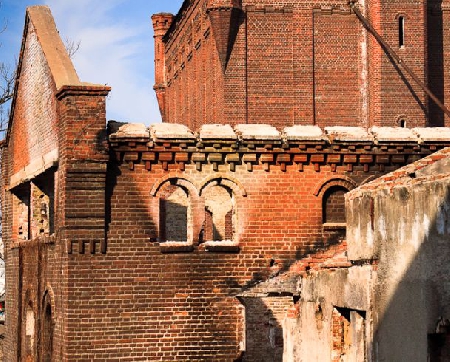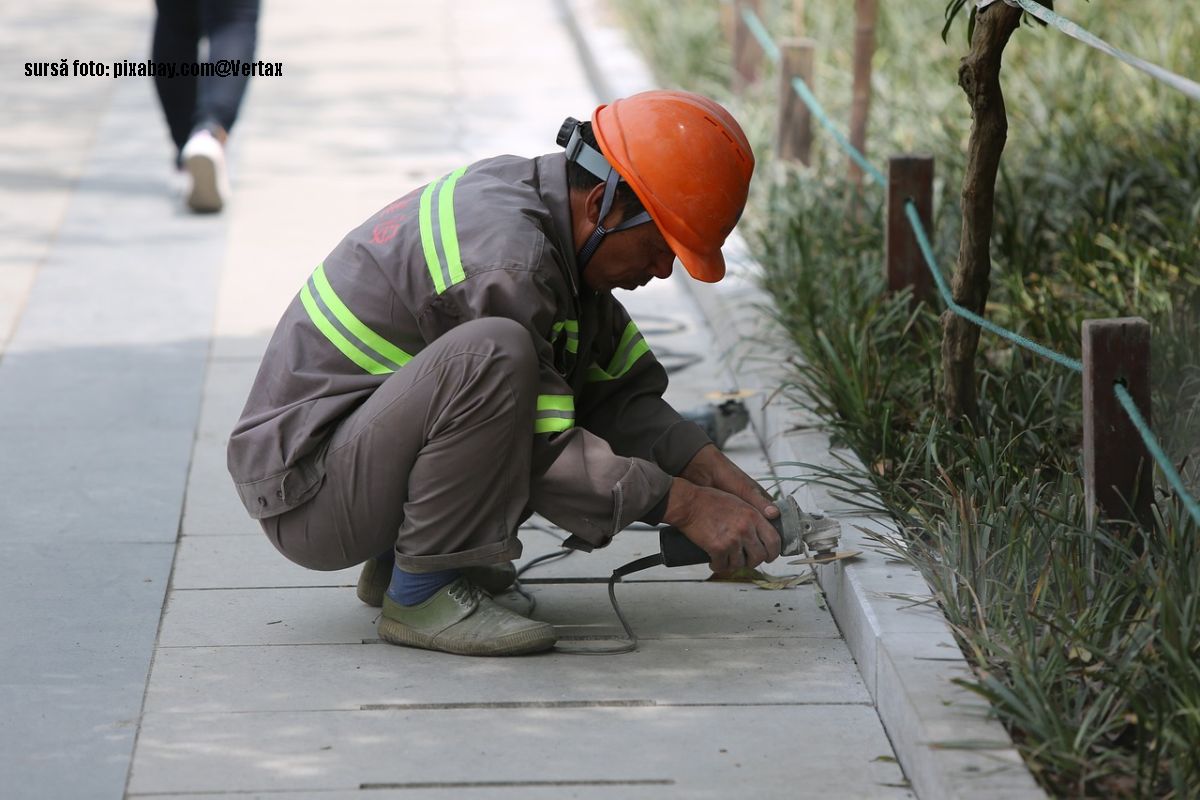Heritage Buildings
Many heritage buildings in Bucharest are deteriorating at a fast pace.

România Internațional, 14.08.2013, 13:14
Many heritage buildings in Bucharest are deteriorating at a fast pace. The lack of a strategy meant to restore historical areas and to preserve buildings of high architectural value, alongside the high pressure exerted by chaotic real-estate developments are a threat to the historical part of Bucharest. This is a reality recently signaled by the Report on Bucharest’s Heritage, covering the past four years, compiled by several NGOs interested in the protection of these buildings. The vice-president of the Association for the Protection and Documentation of Heritage in Romania, Roxana Wring, has further details:
”We are witnessing a systematic destruction of Bucharest’s historical and architectural assets. Actually, the inhabitants of Bucharest see this process unfolding every day and we’ve grown accustomed to it. We pass by these buildings and no longer see them. We’ve got accustomed to living in a deteriorating city. I believe that if this process continues, the architectural and cultural identity of Romania’s capital city will be irrevocably destroyed. It’s pretty obvious how the past 20 years have left signs on Bucharest’s historical heritage, already marked by the communist years.”
Experts say that the destruction of the heritage after 1990 is more worrying that that during communism. According to the report, hundreds of architectural gems have been leveled in recent years and others might soon be demolished. The president of the “Save Bucharest” Association, Nicuşor Dan, says that all these actions are based on a purely economic mechanism.
”Speaking of Bucharest, Ceauşescu demolished some 15% of the old city. Only 5% of the buildings in historical areas were demolished after 1990, but this destruction is more worrying and severe than before, because inadequate buildings were also built in all historical areas. In any civilized state, when an investor comes into a town, they have two choices: either they go to the city center, buy a heritage building, restore it and turn it into their representative office and thus make proof of their social prestige or they go on the outskirts, build high buildings and make profit. However, when the public administration is weak, investors buy a historical building, demolish it and build a high building instead, because any heritage building is 10 times cheaper than the plot of land beneath it, and there will always be a speculative pressure to demolish it and sell the plot of land.”
Assan’s Mill in Bucharest is just an example illustrative of the degradation of heritage buildings. Built in 1853, the construction was partially destroyed by fire, then it fell into decay, left at the hands of thieves, of those looking for scrap iron or who try to remove materials from the building’s structural frame. The report mentions many such examples. For instance, there is a building of exquisite architectural beauty on the Aviatorilor Boulevard, a residential area, near the headquarters of the Romanian Government. The outer mural decorations include richly sculpted leaves and plaster angels. Every corner of the building and every window is decorated with neo-Baroque motifs. Today, it is only a ruin of a once splendid building. Decorations are broken or eroded, and a part of the roof has collapsed. The house is on the list of historical monuments and is the creation of architect Petre Antonescu (1873-1965), one of the prominent representatives of the Romanian school of architecture in the first half of the 20th century. Deeper you go into the center of Bucharest, more such buildings you see.
The historical center of Bucharest, teeming with life, is a real tourist attraction and boasts the highest concentration of historical buildings in Bucharest, which are however in a precarious state. The road infrastructure has been restored in the past five years, but nothing has been done to restore the buildings. Here is Roxana Wring again:
”Restoration works have been carried out, most often than not, inadequately, without historical studies. Other buildings have been demolished, like that at Selari 14. In a nutshell, this is again an erroneous vision of what economic development means. The historical center has a huge value. It has the potential of a long-term investment, but the City hall should do its duty and implement a coherent project. At the moment, there is no such project.”
The report on heritage buildings also mentions that Bucharest is unique among other European capitals due to the quantity and quality of interwar Modernist buildings. After the Great Union of 1918, a generation of young architects returned to Romania after studying abroad, to build the first Modernist buildings. However, many of those buildings included in international architecture textbooks are now only one step away from total decay. Programs of consolidating and restoring them are expected, but most of the works carried out so far have not been done properly, annulling the architectural value of the building. Roxana Wring:
”This heritage is almost unknown. It either fallen into decay, like the Aro (Patria)block of flats, which should be consolidated, because a powerful quake might reduce it to rubble, or the Turist block in Piata Romana, which should be refurbished. Other buildings have been thermally insulated, using polystyrene. Well, when you using polystyrene to veil a Modernist block, you make it look like a communist block. Furthermore, it gets painted yellow or pink, and windows are changed or replaced; and we can see that all along the Magheru Boulevard, the main axis crossing Bucharest, which could have been a landmark for Bucharest’s modernist heritage.”
The dispute between the authorities and NGOs over heritage buildings has been taken to court, in many cases. So far, the “Save Bucharest” Association has made sustained efforts and initiated legal action to save some heritage buildings, bought by real estate agencies. The NGOs which fight to protect heritage buildings call on public institutions to protect and restore historical buildings and recommend a series of measures to improve the situation of Bucharest’s heritage.






























